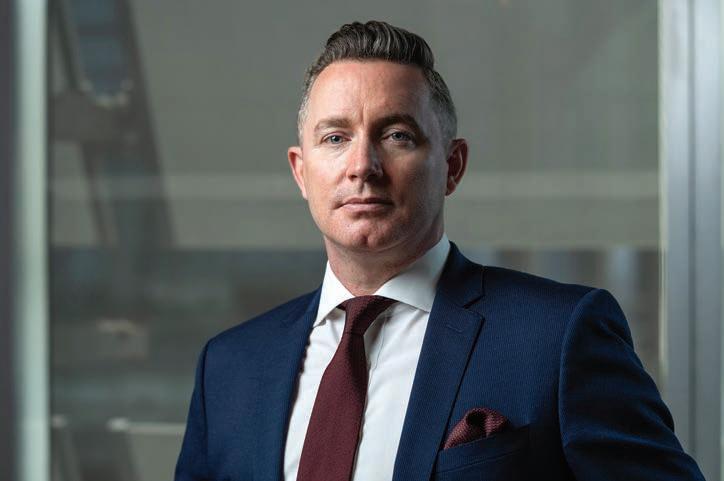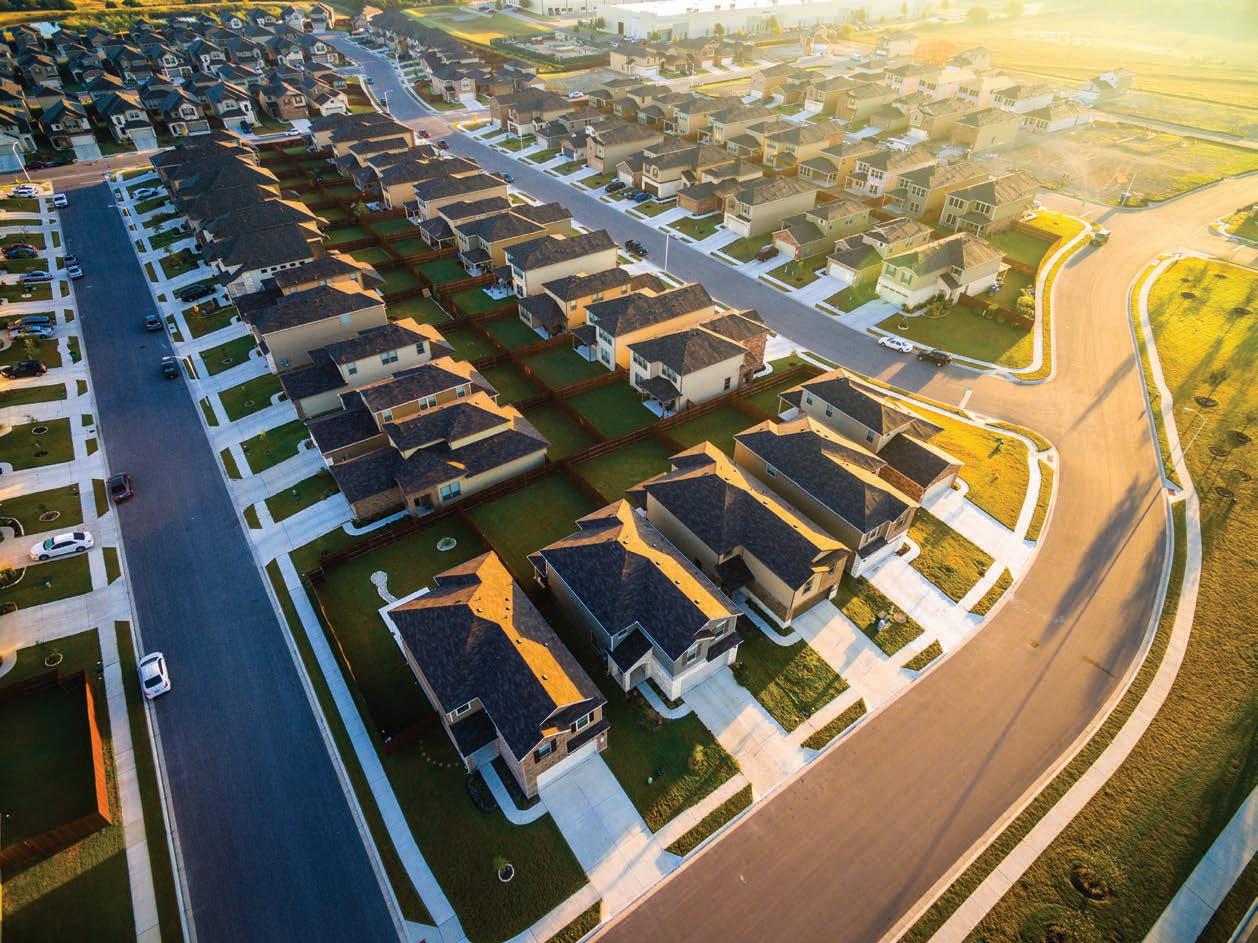
3 minute read
Digital DNA
Based on the global growth of Neobanks, our region can expect more to be set up here, says Olivier Crespin Cofounder and CEO, Zand, with more countries looking to the UAE’s regulatory approach to make it happen, and the distinction between digital and traditional banks fading
Olivier Crespin, Co-founder and CEO, Zand
Advertisement
Can we expect to see more “greenfield” Neobanks start operations in the region?
If the global markets are considered as an indicator of the rise in neobanks, then the MENA region would also be expected to witness increased competition in this space.
If the Covid-19 pandemic taught us anything, it is that banks that embraced technology were better equipped to survive amidst the crisis. It also forced financial institutions to re-examine their strategy and re-calibrate their focus on the customer’s needs.
In countries like the UAE, the banking industry is progressing rapidly towards a full digitalisation, and neobanks are proving to be the leading solution to meet the country’s ambitious digital agenda and innovative regulatory approach.
As a digital-only bank, Zand puts customer experience and satisfaction first. We provide our customers with ease, simplicity, recognition and accessibility We can also monetise our platform by replicating all the bank’s instances, which gives us other revenue stream opportunities.
to the best products, because we do not have high operating costs, any branches or heavy infrastructure.
Also, by building a brand-new bank with a clean slate, we have the advantage of being free from any legacy, whether in technology, mindset or process. This has enabled us to build a robust and agile platform on which we operate.
How long, on average, will it take Neobanks to reach profitability from their launch date?
A recent white paper published by Simon-Kucher & Partners showed that while Neobanking is a 300-billion-dollar industry (based on 2021 valuations), less than 5% of the world’s 400 Neobanks have turned profitable so far.
The paper attributed the gap between growth/valuation numbers and profitability, to low revenue levels per client, as accounts and card-based payment services are the two core products that generate an estimated 70% of revenues.
At Zand, we have adopted a unique business model with three different revenue streams: Retail – where our path to profitability might take longer as the first years are dedicated to attracting clients and ensuring customer satisfaction Commercial banking with digital lending solutions – where profitability can usually be achieved faster due to the nature of business and transaction size
What products and services do you predict that Neobanks will be offering in five to ten years from now?
I foresee digital investments, digital products and digital lending solutions as part of the neobank’s offering.
I also see tokenisation of private assets like real estate being part of these offerings that make investment more accessible and liquid. Even NFTs will have a role to play in finance, but their full potential is yet to be seen.
Does the Middle East need to adopt strategies different to other regions to develop a successful Neobanking ecosystem?
Many countries in the Middle East have not yet fully accelerated their effort toward creating neobanking ecosystems. Still, they eventually will have to face the inevitable to catch up with the global economy.
They only need to look at UAE’s strategies and regulatory approach as a leading example to follow.
When will the “Neo” in Neobanks no longer be necessary to distinguish them from the currently more traditional banks?
The distinction between “digital” and “traditional” banking is fading, with digital banking services being part of the proposition of most banks.
However, the nuances of “neobanks” vs “digital speedboats” of traditional banks vs “Fintechs” are still lost on many. For us, being a fully digital bank means embracing Zand’s DNA of banking and digital. With banking, we mean being licensed by the Central Bank of UAE and adherence to compliance, regulations, risk management and financial expertise. With digital, we mean creating unique customer-centric products, leveraging analytical data and building innovative technology.










